Charles Saatchi, the gallery owner, has created his own Chamber of Horrors in this thick, square book, ‘inspired by striking photographs’. One of the most successful of these is a black and white image of male and female figures: ‘Gruesome and gaunt, they look like extras from an early piece of zombie cinema.’ They are, it soon becomes clear, oddments saved by firemen from a blaze at Madame Tussauds in 1925. Madame Tussaud, the author reminds us, ‘would ‘tiptoe through the piles of corpses behind the guillotine to discover the most illustrious of the heads, and would promptly make casts of them, her hands bathed in their blood’.
Each little chapter of Known Unknowns begins with a photograph and a headline in capitals and small letters, such as ‘WIN a DATE with a RAPIST SERIAL KILLER’, which concerns Rodney Alcala, who appeared on the American show The Dating Game in 1978. A decade earlier he had been ‘spotted luring an eight-year-old girl into his apartment’. Later ‘the girl was found raped and beaten with a steel bar’. On The Dating Game, ‘Alacala won a date with beauty queen Cheryl Bradshaw, who subsequently said she found him “creepy” and refused to go out with him.’ Alcala is now in prison, and detectives have ‘estimated he could have murdered anywhere between 50 and 100 women’.
To give an idea of the ground covered in the 99 short chapters, here are eight of the headings (reduced to conventional ortho-graphy) and quotations from the accompanying text:
Ladies who like a ladykiller. ‘Why do psychopathic killers behind bars routinely get postbags full of love letters and marriage proposals?’
Down the drain: ‘Police officers knocked at Nilsen’s door and told him his drains were full of human remains.’
The jilted bride [opposite a photo, reproduced overleaf, of a woman in a bride’s dress, held round the neck by a man]. ‘She was miraculously caught and saved by a local care worker, who grabbed her around the neck as she fell, her body dangling above the sheer drop.’
A trainee bodyguard in China gets a bottle smashed across her head. ‘She is one of 20 female recruits, mostly university graduates, who are expected to stand unflinchingly as a bottle is broken to shards on their heads.’
Better to kill yourself than be gang-raped and murdered [opposite a picture of a woman’s corpse on the street of, presumably, Berlin, in 1945]. ‘Over two million women across the region were violently raped, with many suffering multiple attacks, and left for dead … Women also turned on one another, with mothers giving up the hiding places of other women’s daughters in order to save their own.’
Sioux Indians kept his scalp, but Robert McGee kept his life [opposite a picture of a man with the back of his skull exposed].
The hanging of Mary [opposite a blurred photograph of an elephant hanging from a crane]. ‘In 1916 a circus elephant nicknamed “Murderous Mary” was hanged in Kingsport, Tennessee.’
Before they transplanted a human heart, they transplanted a dog’s head [opposite an Alsatian with another dog’s head grafted on to it by Russian scientists]. ‘Protests [against vivisection] began as early as 1655, when prominent scientist Edmund O’Meara said “the miserable torture places the animal’s body in an unnatural state, hence the affects [sic] of pain on the animal being examined render the results of any research null and void”.’
That is not, of course, 17th-century English. O’Meara, reputedly the last physician to uphold the ideas of Galen, wrote in Latin, but Saatchi does not say whether it is his own translation.
I think this gives the territory and the flavour. Neither are at all pleasant. They made me feel queasy. There are more photos of corpses (clothing workers dead in a fire; a train-robber dead in his coffin; Russians killed in a stampede); photos of Hitler, a Japanese Mengele, a woman in the electric chair, the last public hanging in America, Charles Manson, the inside of Jeffrey Dahmer’s fridge, a pair of shoes made from human skin, and a doctor removing his own appendix. Clearly, like all of us perhaps, the author needs help.
As with Saatchi’s last picture book, The Naked Eye, the design is strangely awkward. The most pleasing gimmick is to have in red capitals the word ‘Known’ on the top and bottom page-edges and ‘Unknown’ on the fore-edge. The reference is obvious, its import obscure.
One photograph not related to pain and death seemed interesting as a photograph: men spaced along the cables of the Brooklyn Bridge during its repainting in 1914. There is otherwise little information about dates, or photographers. The curiously old-fashioned tone of this volume lies between the grimmer pages of Reveille and Ripley’s Believe It or Not.
Got something to add? Join the discussion and comment below.
Get 10 issues for just $10
Subscribe to The Spectator Australia today for the next 10 magazine issues, plus full online access, for just $10.
Available from the Spectator Bookshop, £21.50. Tel: 08430 600033
You might disagree with half of it, but you’ll enjoy reading all of it. Try your first month for free, then just $2 a week for the remainder of your first year.

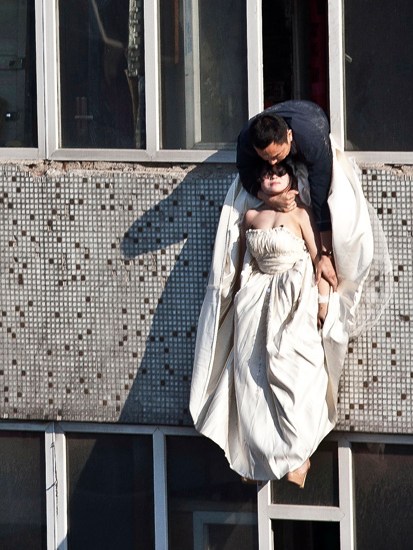
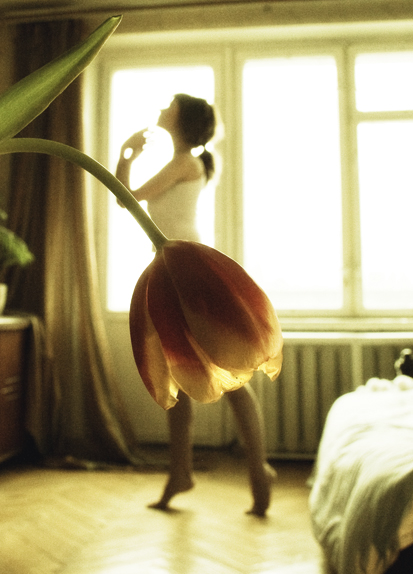
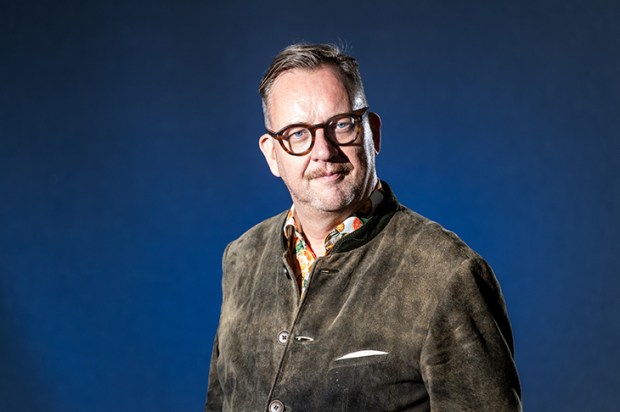

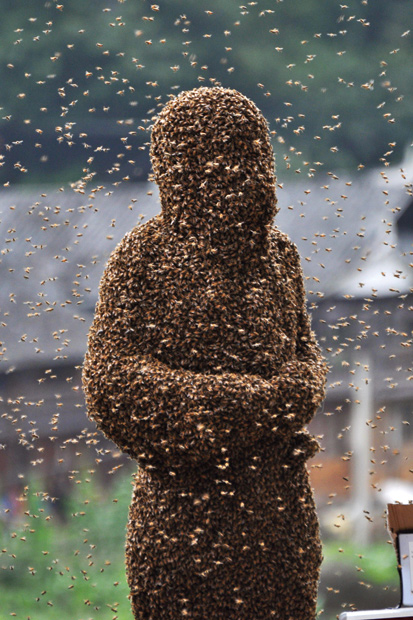

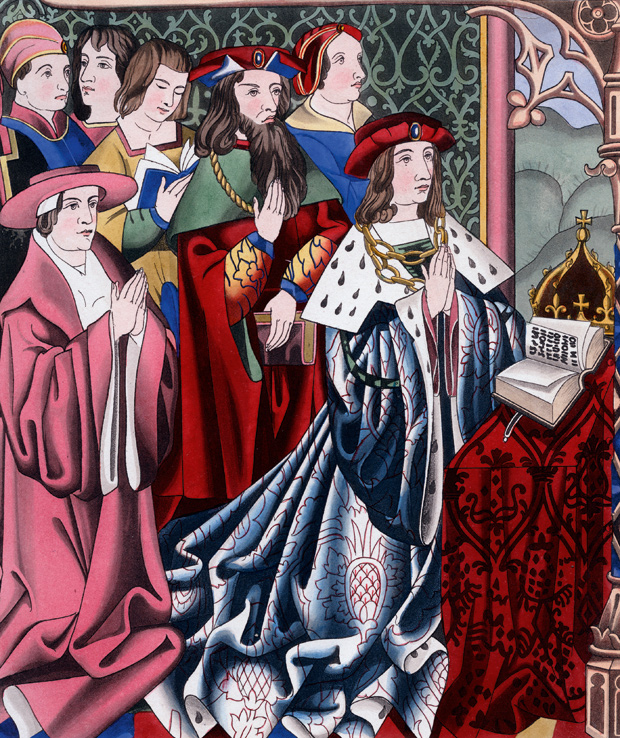






Comments
Don't miss out
Join the conversation with other Spectator Australia readers. Subscribe to leave a comment.
SUBSCRIBEAlready a subscriber? Log in